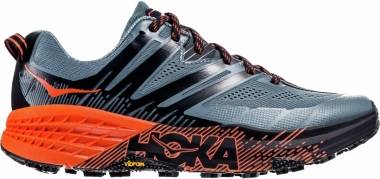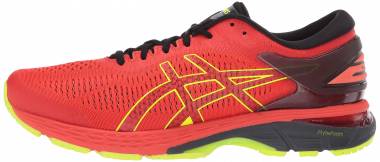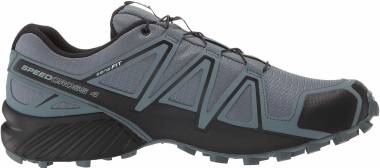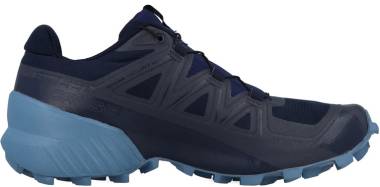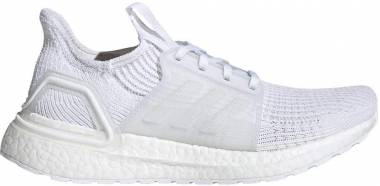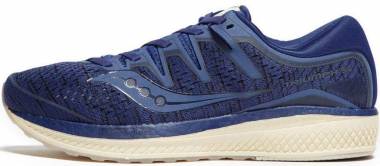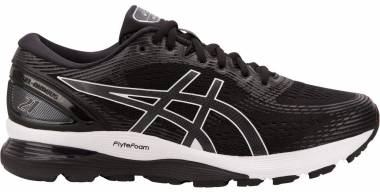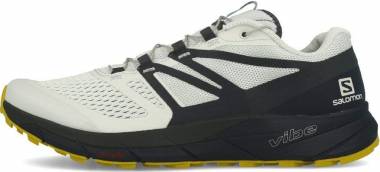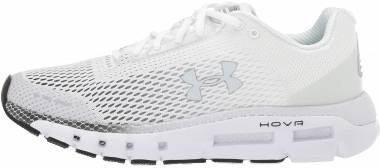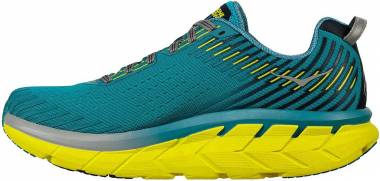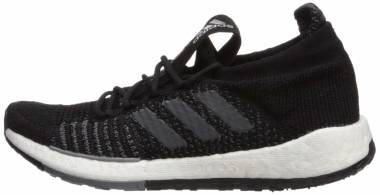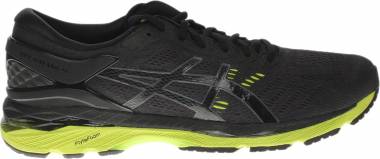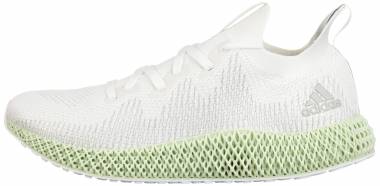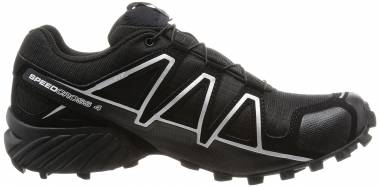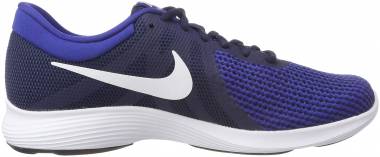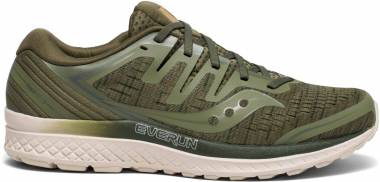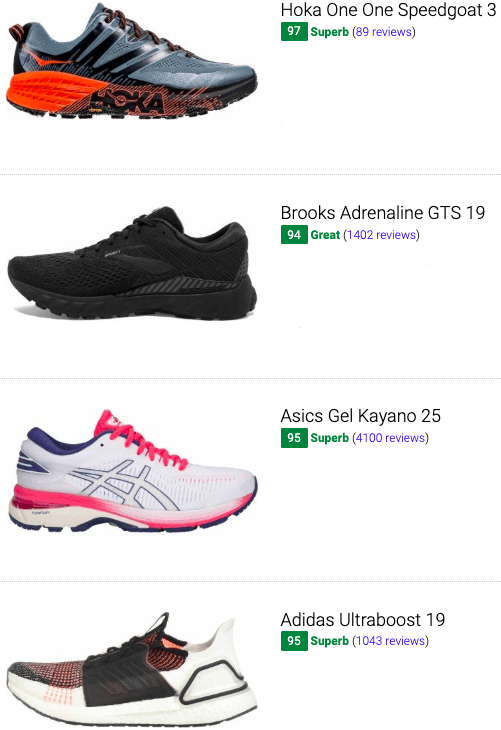1501 best long distance running shoes
Based on reviews from 5,700 experts and 720,606 users. Learn how our rankings work or see our guide to long distance running shoes. Updated Nov 2019.
-
€180 €101 Save 44%
-
€200 €66 Save 67%
-
€100 €44 Save 56%
-
€130 €47 Save 64%
-
€190 €75 Save 61%
-
€170 €72 Save 58%
-
€170 €80 Save 53%
-
€150 €69 Save 54%
-
€170 €97 Save 43%
-
€230 €100 Save 57%
-
€200 €72 Save 64%
-
€150 €82 Save 45%
-
€190 €94 Save 51%
-
€200 €94 Save 53%
-
€150 €75 Save 50%
-
€150 €83 Save 45%
-
€170 €81 Save 52%
-
€200 €106 Save 47%
-
€200 €56 Save 72%
-
€180 €89 Save 51%
-
€150 €87 Save 42%
-
€170 €87 Save 49%
-
€200 €85 Save 58%
-
€150 €80 Save 47%
-
€150 €70 Save 53%
-
€380 €265 Save 30%
-
€200 €80 Save 60%
-
€80 €30 Save 63%
-
€170 €78 Save 54%
-
€150 €64 Save 57%
